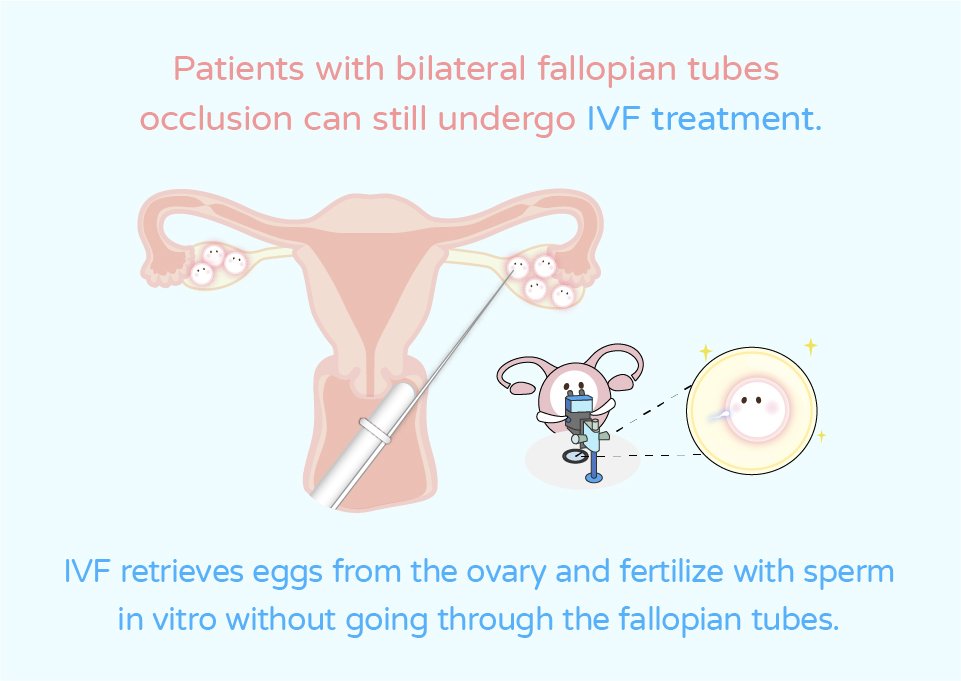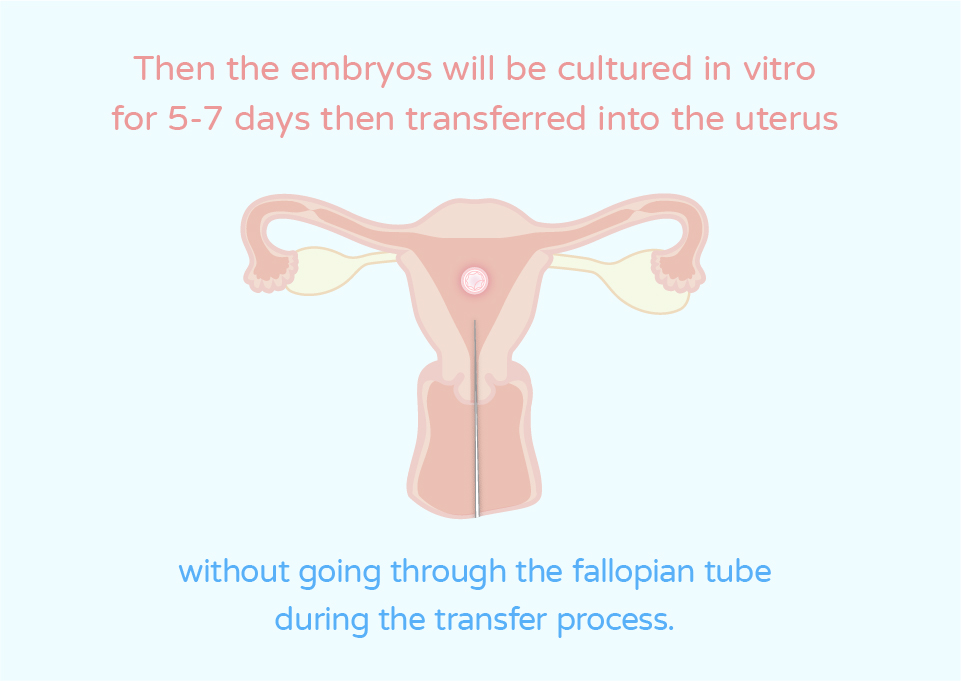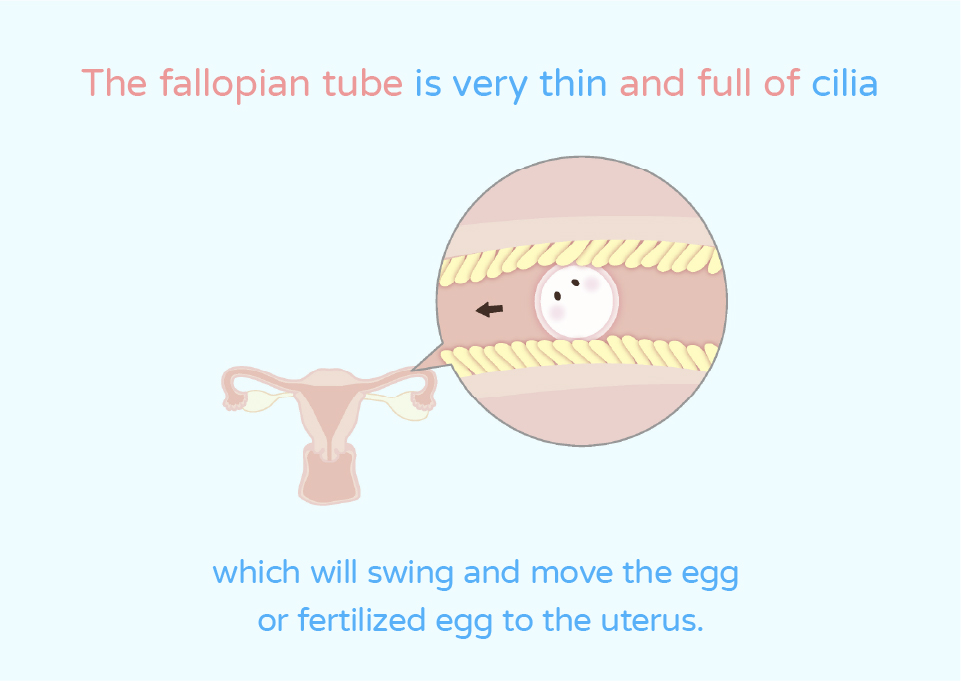I already decided to do IVF treatment, should I still have to do the hysterosalpingogram?

When the fallopian tubes are patent, the sperm and egg can meet and fertilize in the fallopian tube.

Inflammation of the pelvic cavity or chlamydia infection may cause occlusion of the fallopian tube, which prevents the egg and sperm from meeting and fertilizing.

Patients with bilateral fallopian tubes occlusion can still undergo IVF treatment because IVF retrieves eggs from the ovary and fertilize with sperm in vitro without going through the fallopian tubes.

Then the embryos will be cultured in vitro for 5-7 days then transferred into the uterus without going through the fallopian tube during the transfer process.

Since IVF treatment does not need fallopian tubes, why do I need to do the hysterosalpingogram?

Common fallopian tube occlusion is divided into proximal occlusion and distal occlusion.

Occlusion of the distal fallopian tube can easily cause tubal edema, and hydrosalpinx is harmful to the implanted embryo.

In order to make a safe and comfortable implantation environment for the embryo, the proximal occlusion can be treated by taking antibiotics for the couple; while the distal occlusion requires truncation or salpingectomy.

If fallopian tubes occlude, is fallopian tube recanalization recommended?

The fallopian tube is very thin and full of cilia, which will swing and move the egg or fertilized egg to the uterus.

There are still some risks after surgery, such as recurrent occlusion, damaged cilia, or increased chance of ectopic pregnancy.

Hysterosalpingogram can check whether the fallopian tube is occluded or edema, and give the embryo a comfortable and suitable home for implantation!




